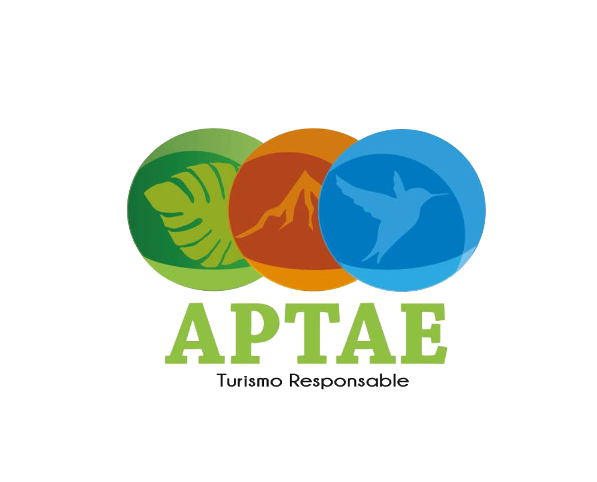The best part of trekking or hiking is admiring the beautiful landscapes, but high altitude can sometimes be hard on our lungs. Follow these pre-trip training tips from our expert altitude trekkers to boost your acclimatization process.
As with any trip that involves physical exertion, it is important to prepare in advance and begin training as soon as possible.
Every dedicated sportsman and sportswoman knows that training time is key when it comes to preparing for physically exerting trips, especially if you’re going to be doing a sweaty grind at mostly high altitudes.
But worry not! Our expert trekkers, who are well-seasoned in hikes above 5,000 meters, have put together a list of training tips you should follow before starting out on your high-altitude trek.
Give yourself plenty of training time before your hike.
Keeping in mind your own physical limits and overall wellbeing, start slowly and keep increasing the intensity of your workouts as the trip draws nearer.
Ask hiking experts for advice, visit the gym, ask friends who’ve done a hike as hard as the one you’re planning for and gather training info.
With what you find out you can set up a good 2 to 4 month pre-trip training program that can help you cope with high-altitude exertion once you get to your destination.
Training at higher altitude is better.
If possible, try to train at altitudes of above 1,500 meters (or 5,000 feet). This will help get your body accustomed to lower-oxygen conditions.
Start by walking or jogging slowly, and continue by picking up your pace as you feel more comfortable and in better shape.
Boost your cardiovascular system in advance.

Biking is an effective way to improve your cardiovascular fitness level. And you can do this at a gym or at home!
Most stationary bikes sold nowadays have different settings that mimic the effects of biking uphill or downhill. And you should definitely set up a routine that makes the most out of this feature.
Doing this well in advance before your trip will help get your legs and lungs ready for the effort required for high-altitude trekking.
But remember, if you’re biking through real streets or hills, be safe, wear your safety gear and be mindful of other people and the terrain.
Get those limbs strong and ready.

A goal to keep in mind for your pre-trip training is to be fit well over the level required for the trek you’re planning, if it were at sea level.
So, let’s say you’re planning to trek with us for about 26 miles, over 5 days, at over 16,000 feet.
Roughly, this means you’ll be walking through uneven terrain at a pace of around 5.2 miles per day.
With this number in mind, your goal before traveling to high altitude should be to be able to walk this distance daily without much effort, so as to make it easier on yourself when you’re going through the real deal.
Climbing stairs, running, biking and hiking all help toward reaching this fitness goal, and it shouldn’t have to be anything too complicated so as to interfere with your daily schedule.
A strong back will make everything easier.

It’s also very important to remember that throughout your whole pre-trip training, you should start by carrying a light backpack and working your way up a heavier one.
This will gradually strengthen your back and core muscles, making it easier on those parts of the body when you’re carrying heavy weight across our mountains.
Start light and work your way up. Remember that you’ll be carrying clothes, drinks, food and other gear, so your backpack can feel pretty heavy while hiking.
Also keep in mind that if your pre-training involves climbing, running or hiking, you can take your backpack with you on any of these activities.
Arrive with plenty of time to your destination before the trip.
Even though these tips will definitely help you with your overall physical wellbeing and performance at high altitude, it’s important to get to your destination a few days in advance of the hike or trek.
Everyone’s body reacts differently to high altitude, and there’s no way to predict if it’ll affect you much, or not at all, so getting there a few days prior to rest and acclimatize is really important.
If you want to make the most out of those prior days, you should definitely check out our acclimatization programs.
Our acclimatization programs are designed for every kind of traveler, for gradually getting your body accustomed to the high altitudes, while also making the most out of the wonders and attractions of the city of Cusco. Find out more about those programs here.
Please let us know what you think about these tips, and what results they might have for you on your next trekking adventure! And if you’re interested in a magical trek through Peru, be sure to check out andeanlodges.com
Subscribe to our newsletter
Find out the latest news
Why
Andean lodges?
Responsable tourism
Sustainable development
Operation team made up of community members trained as guides, kitchen staff, housekeeping, guardianship and maintenance.










